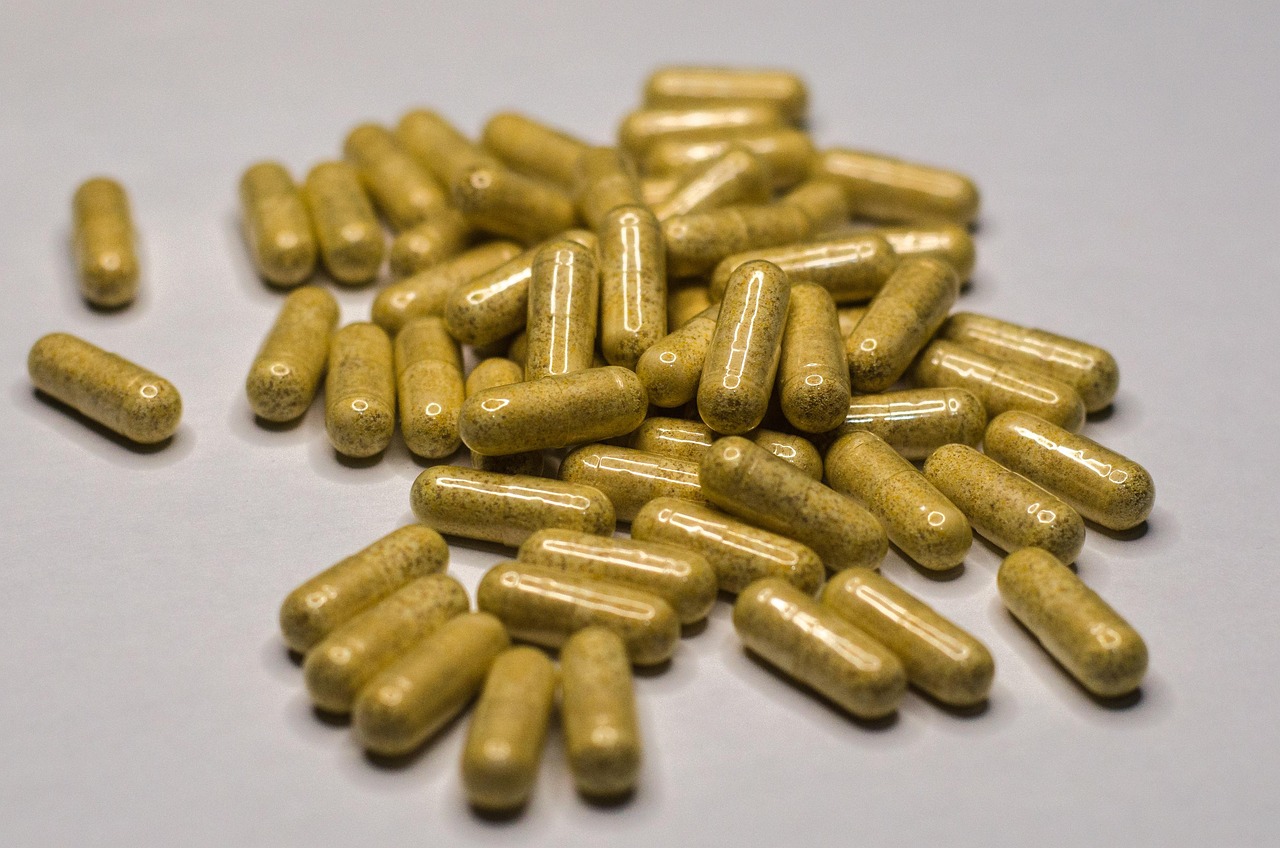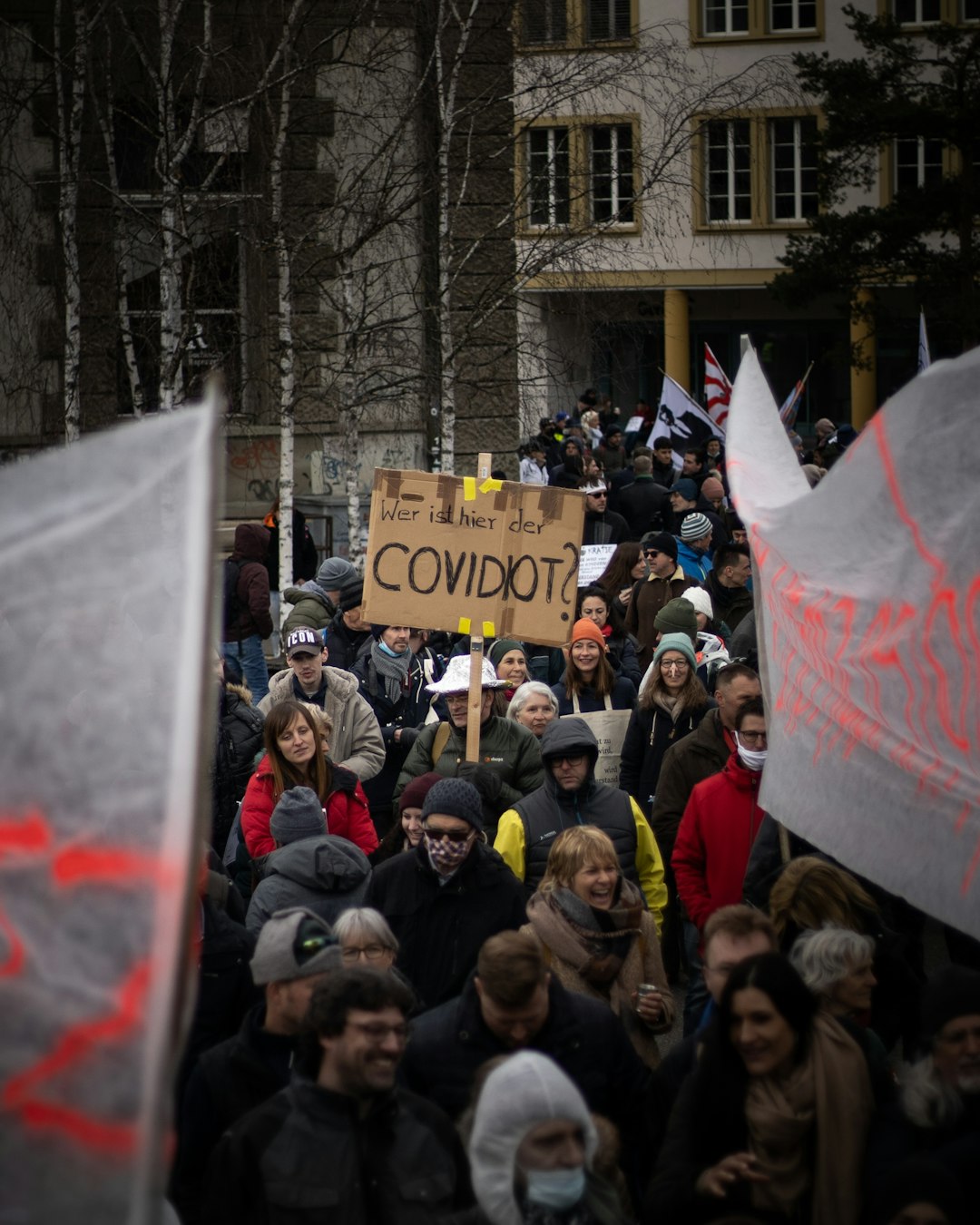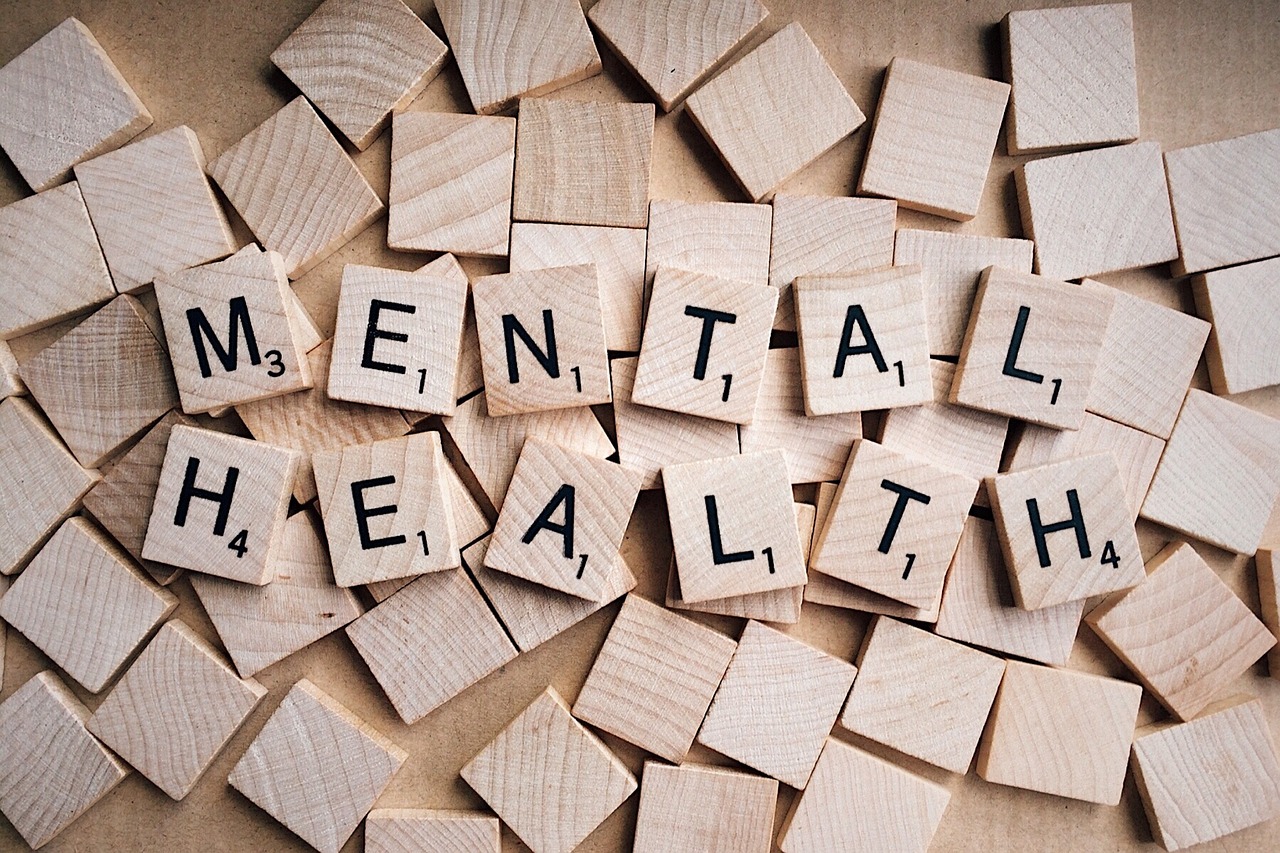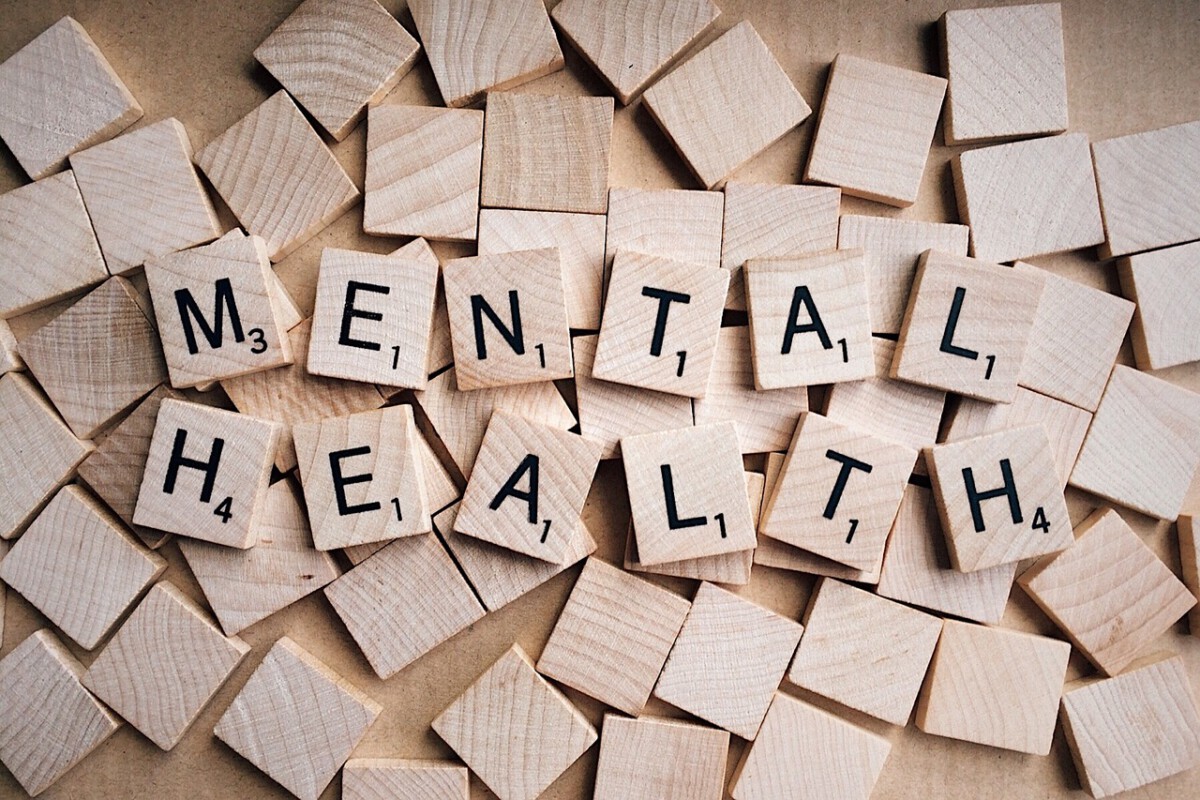Introduction to the Crisis

The opioid crisis in Ohio is a poignant reminder of the devastating impact of addiction, with the state grappling with a surge in opioid-related deaths. Over the past ten years, Ohio has consistently ranked among the top states in the nation for overdose fatalities, with a shocking rise in numbers. In 2022, approximately 5,400 lives were lost to opioid overdoses, underscoring the critical need for effective intervention. This alarming trend has prompted state officials to step up their efforts in combating this public health emergency. In this article, we’ll delve into the intensifying crisis and explore the measures being implemented by state officials to address it.
Understanding the Scope of the Problem

Ohio’s opioid epidemic is a multifaceted issue driven by a combination of factors. The over-prescription of painkillers, the rise of potent synthetic opioids like fentanyl, and socio-economic challenges all contribute to the crisis. Key statistics paint a grim picture: in 2021, a staggering 80% of overdose deaths in Ohio involved synthetic opioids. Since 2010, the state has witnessed a 300% increase in overdose deaths. Furthermore, more than 70% of those who died from overdoses had a documented history of substance use disorder. These figures highlight the severity of the crisis and the urgent need for comprehensive solutions.
New Measures Implemented by State Officials

In response to the escalating crisis, Ohio state officials have introduced a range of new measures aimed at reducing opioid-related deaths and improving access to treatment. These initiatives include:
– **Increased Funding for Treatment Programs**: Millions of dollars have been allocated to enhance treatment facilities and expand access to medication-assisted treatment (MAT).
– **Enhanced Prescription Monitoring**: The state has strengthened its prescription drug monitoring program (PDMP) to track prescriptions and curb over-prescribing.
– **Public Awareness Campaigns**: Educational campaigns are being launched to raise awareness about the dangers of opioid misuse and the importance of seeking help.
These measures represent a multi-faceted approach to tackling the opioid crisis, providing immediate relief while addressing underlying issues.
The Role of Law Enforcement

Law enforcement agencies in Ohio are playing a crucial role in the fight against the opioid crisis. Beyond arresting drug traffickers, they are actively implementing harm reduction strategies. Notable initiatives include:
– **Naloxone Distribution**: Police departments are distributing naloxone, a life-saving medication that reverses opioid overdoses, to first responders and community members.
– **Drug Take-Back Programs**: Law enforcement agencies organize events to encourage the safe disposal of unused medications, reducing the risk of misuse.
– **Collaboration with Health Departments**: Police are partnering with public health officials to address the crisis holistically, focusing on prevention, treatment, and recovery.
These efforts underscore the importance of a collaborative approach in addressing the opioid epidemic.
Community Involvement and Support

Community involvement is a vital component in the battle against the opioid crisis. Local organizations, non-profits, and grassroots movements are stepping up to provide support and resources for those affected by addiction. Key community initiatives include:
– **Support Groups**: Many communities have established support groups for individuals struggling with addiction and their families, offering a safe space for sharing experiences and resources.
– **Educational Workshops**: Local organizations host workshops to educate the public about the risks of opioid use and available treatment options.
– **Peer Recovery Programs**: Peer recovery coaches are being trained to help individuals navigate the recovery process, providing guidance and support from those with lived experience.
These community-driven efforts are essential in creating a supportive environment for recovery.
The Importance of Mental Health Support

Mental health plays a significant role in addiction and recovery. Many individuals struggling with opioid addiction also face co-occurring mental health disorders. To address this, Ohio is implementing measures to integrate mental health services into addiction treatment programs. Key aspects include:
– **Co-occurring Disorder Treatment**: Facilities are encouraged to adopt integrated approaches that address both addiction and mental health issues simultaneously.
– **Increased Access to Counseling**: Efforts are underway to ensure that mental health counseling is readily available for individuals in recovery.
– **Training for Healthcare Providers**: Healthcare providers receive training on the importance of addressing mental health in addiction treatment.
By prioritizing mental health support, Ohio aims to provide more comprehensive care for those affected by the opioid crisis.
Future Outlook and Challenges

While the measures being implemented in Ohio are promising, significant challenges remain. The stigma surrounding addiction continues to hinder individuals from seeking help, and the availability of treatment resources can vary widely across the state. Additionally, the ongoing presence of synthetic opioids poses a persistent threat. To effectively combat these challenges, Ohio must continue to adapt and innovate its strategies, ensuring that resources are allocated where they are needed most.
Conclusion

The opioid crisis in Ohio is a complex and multifaceted issue that requires a comprehensive response. State officials are taking significant steps to address the crisis through increased funding, enhanced monitoring, and community involvement. However, ongoing challenges such as stigma and resource availability must be addressed to create a sustainable solution. By working together—government, law enforcement, healthcare providers, and communities—Ohio can make strides toward overcoming this devastating epidemic.
Call to Action

It is crucial for individuals and communities to get involved in the fight against the opioid crisis. Whether through advocacy, education, or support, everyone has a role to play in creating a healthier, more informed society. If you or someone you know is struggling with addiction, reach out for help—there are resources available, and recovery is possible.







